Recently, a childhood friend of mine, Rochelle Yolanda Melander, who now runs a successful writing consultancy called “Write Now!” interviewed me about blogging’s importance for her many readers. This is the e-mail she subsequently sent out to her readers…
Note From Rochelle
Dear Readers,
Do you need a book to boost your business but don’t have time to write it? Check your computer: you may have already written it. Blog posts, articles and speeches can all be compiled into a book. If that’s of interest to you, consider attending my workshop,
Leverage Your Content: How to Create a Book from Articles, Blog Posts, and Speeches.
In today’s tip, I interview marketing expert Mike Farley on what tools can help you get known.
Enjoy!
Rochelle
Writers@Work: An Interview with Marketing Expert Mike Farley
R: Tell me about what you do.
M: I run a marketing agency in Cedarburg, Wisconsin called JSH&P. Primarily, I help small to mid-sized business brand themselves in a way that best suits their potential customers.
I’ve spent 30 years, starting out with the biggest corporations on the planet, like General Mills and Heinz, and them moved my way “down” to business owners who need to compete, sometimes with these behemoths, to improve their position in a global environment. It’s not as altruistic as it sounds — for me, it was simply a case of connection. As a fellow business owner, I gain more credibility with someone across their desk, instead of a 20-seat conference table. The work may not pay quite as well, but it’s steadier and more rewarding to know that you can have a profound impact on the health and well being of great small businesses and individuals.
R: I’ve heard lots of people say that the blog is dead or over. Is that true?
M: Not at all. Everyone should be blogging if they’re serious about getting to page one on search engines. It’s the most underrated SEO tool in your arsenal.
R: As someone who works with companies and individuals, how do you see blogs helping people attract clients?
M: “Blogging,” at it’s most basic, is not what you think it is. You see, there is someone who will read every single word of every single post that you make… and it’s not your mother. It’s Google (which handles over 75% of all search results). You may have heard terms like “key words,” “search engine optimization” and “pay-per-click.” The truth is, there’s a no-cost marketing strategy called blogging that’s very strategic and effective for anyone willing to work at it (it will cost you your time).
In essence, Google “wants to get it right” — they want match a search query with a search solution. Trouble is, that’s a very difficult job to accomplish. But everything that’s on your website helps Google categorize what it is that you do, who you work with and the types of clients you most need in your business. Likewise, Google likes new and relevant content — when most websites get launched, they stay effectively the same until a new one is constructed. However, for each new blog post on your site (and subsequently shared within your social channels) gets categorized anew. Think of it, if you added one post per week, think of all of the key words you’d use simply by writing about what you’re interested to share — over the course of a year, you couldn’t help but write about what’s important to you and to your business.
These are your key words; it is search engine optimization …and you didn’t need to pay a penny for any clicks to get it.
R: Aside from a blog, what do you see as the most powerful marketing tools?
M: Branding. Understand that a brand is not just a logo. It’s literally everything that you are and that you want your audience to experience when they spend time with you. And you want them to spend time with you, your book and your characters, don’t you?
Most of us think only in terms of a brand like McDonalds when they hear the term “branding”. But it’s for each and everyone of us personally, too. We all have a brand, even if we haven’t chosen to identify it.
Others see us however they do. Smart, sophisticated, funny, sloppy, late? What terms do your friends know you by? Branding, at its core, is your conscious decision to reflect or clarify something you want exposed to your universe of clients and prospects. When it’s effective, we decide in a matter of seconds from these “chosen” attributes whether or not we will “buy.” The speed at which someone understands who you are and what they can expect from you is at the heart of branding. Think of it, McDonalds owns a yellow “M” in your head. (Red and yellow boxes, a friendly clown, his pals and probably French fries, too).
If you have a toddler in your car (who may not even know the alphabet) and you don’t want to go to McDonalds, you better start playing the distraction game, because your child knows what the Golden Arches means… a toy! On a literary scale, think of Stephen King. His name is larger than his book title. Why? Because he IS the brand.
R: What social media tool do you think authors undervalue—and do you have any ideas for helping them improve their engagement?
M: You should, of course, have a Facebook fan page and a LinkedIn account (which is another place to re-purpose your blog post, btw). Those two are crucial. Add your blog posts. Make timely commentary about your world and how it relates to your writing. You’re working at your business in this sphere. Recognize that you’re now in charge of a global media empire — you really are! What do you endorse, enjoy, dislike and should you comment about it? Think of it, you’re now NBC. You show news, sports, movies and more on your channel. You can take a political position, or not. You may choose to edit yourself or let it all hang out. Your audience will come to see you in the light you CHOOSE to expose. You may want to think about that brand power before you make your next post. That’s your brand.
Socially, you may want to add Twitter, You Tube and Instagram… maybe even Pinterest — frankly, you want to use what your readers use. You go where they live… however, most of us don’t have the time or resources to gain traction in all of these areas. Know that the “big guys” have a team of people doing all of this in the hopes of gaining even more ground on Google — giving them a greater chance at staying on page one and making a connection. But the real secret is this: you love to write, but you have to love your business, too. You can make “shameless self-promotional” commentary… as in, “If you’ve enjoyed my latest posts, perhaps you’d be interested to buy my book?” Don’t be afraid to ask. Maybe 1 in 5 posts can work a bit harder for you. Need better reviewers? Design how you’re going to get them. Start with your mom and brother on your back jacket and trade them up for your professor, your colleague and eventually Oprah. Want more credibility? What Top 10 list can you make? Then trade up that momentum for the next “best seller list” that you can muster. Eventually, you are that best selling author, even if it’s only in a very small niche. Decide to own it.
R: What are you reading?
M: I’m such a terrible reader. My children accuse me of reading only the first three chapters of every book. Sadly, they may be right. I enjoy reading, but my attention span wanes. I tend to like books with short chapters because I feel like I’m making progress. My favorite in this regard is Malcolm Gladwell. The book by my bedside currently is C.S. Lewis’ Mere Christianity. I am a doubting Thomas Christian and figured I could use a little support.
Mike Farley is the owner of the Cedarburg marketing agency JSH&P. He’s worked with Fortune 500 giants and Inc.500 wanna-bees, won numerous industry creative awards and currently assists small to mid-sized businesses with their brand strategy and graphic executions in print, video and web.
Write Now! Coach Rochelle Melander is an author, a certified professional coach, and a popular speaker. Melander has written ten books including Write-A-Thon: Write Your Book in 26 Days (And Live to Tell About It). As the Write Now! Coach, she teaches professionals how to write books fast, get published, and connect with readers through social media. Get your free subscription to her Write Now! Tips Ezine at http://www.writenowcoach.com.
On the blog:
You can receive more information about writing, publishing, and social media from our blog. “The Write Now! Coach Blogs” features helpful tips by the Write Now! Coach and other publishing professionals: http://www.writenowcoach.com/blog/

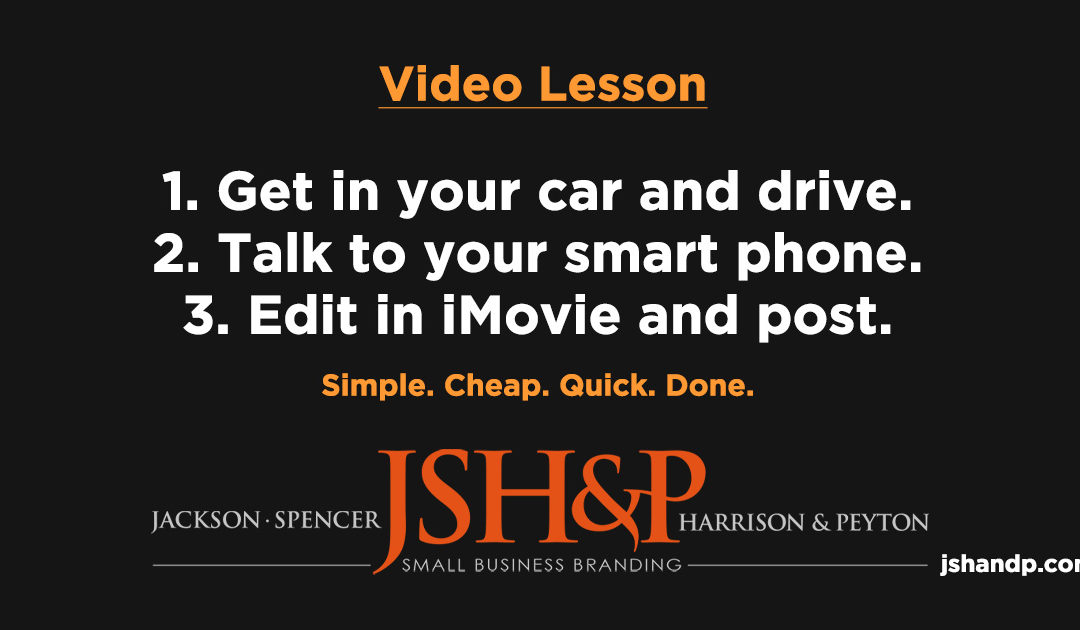
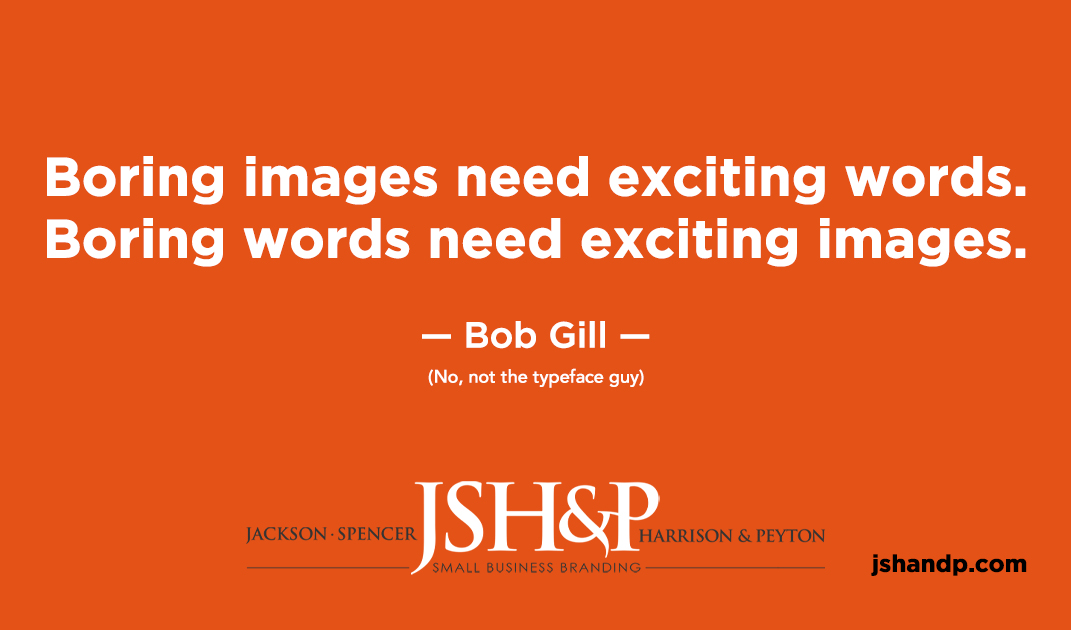

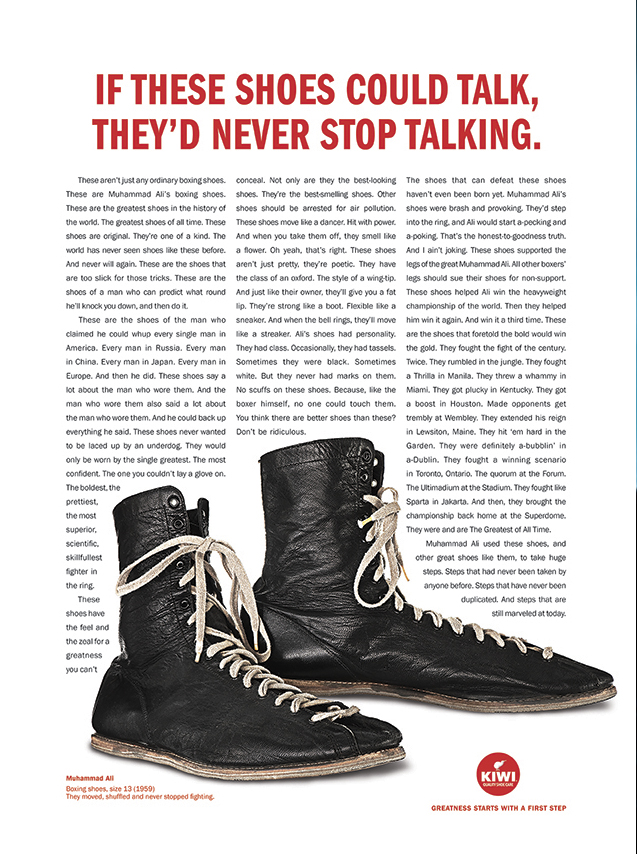
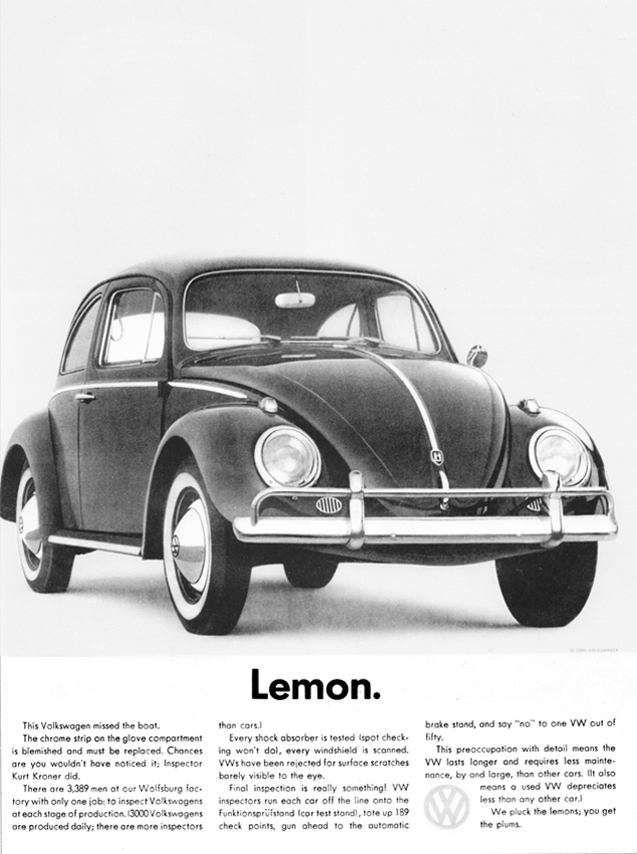

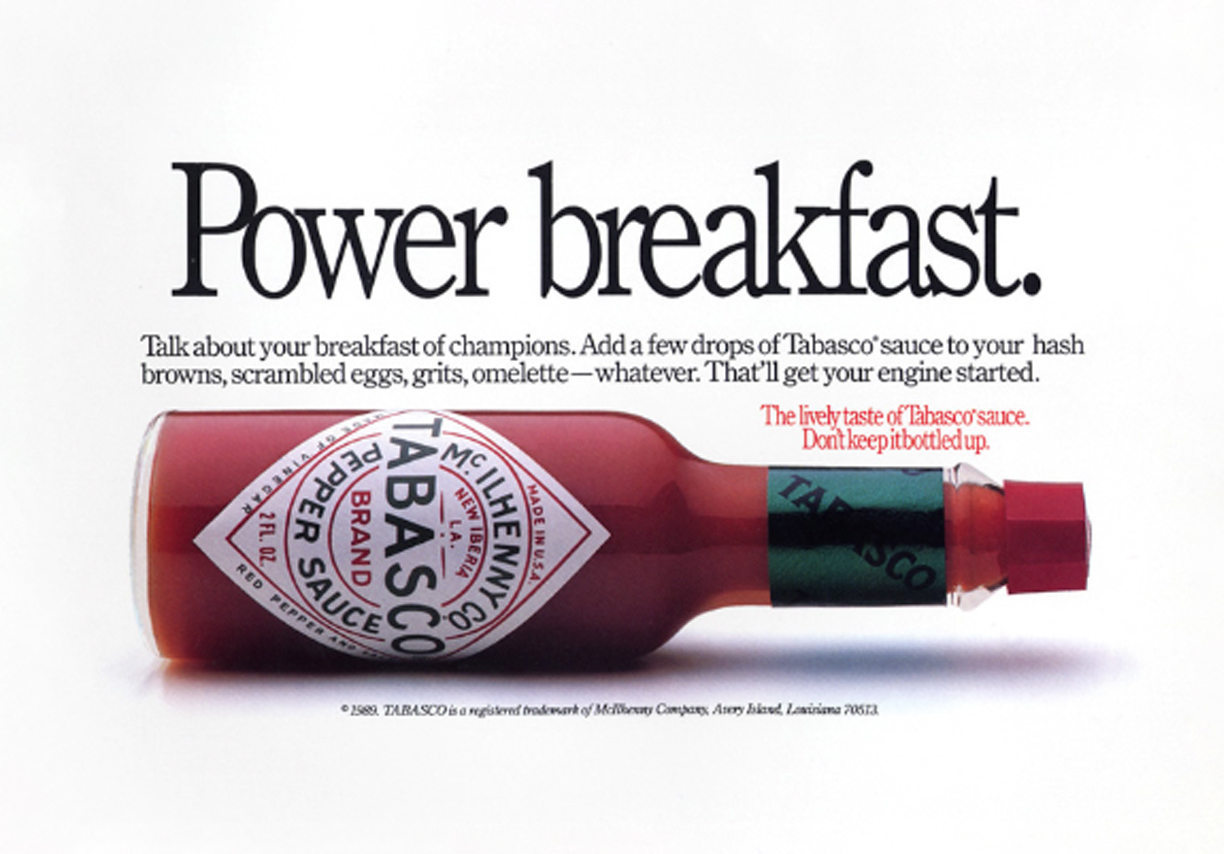
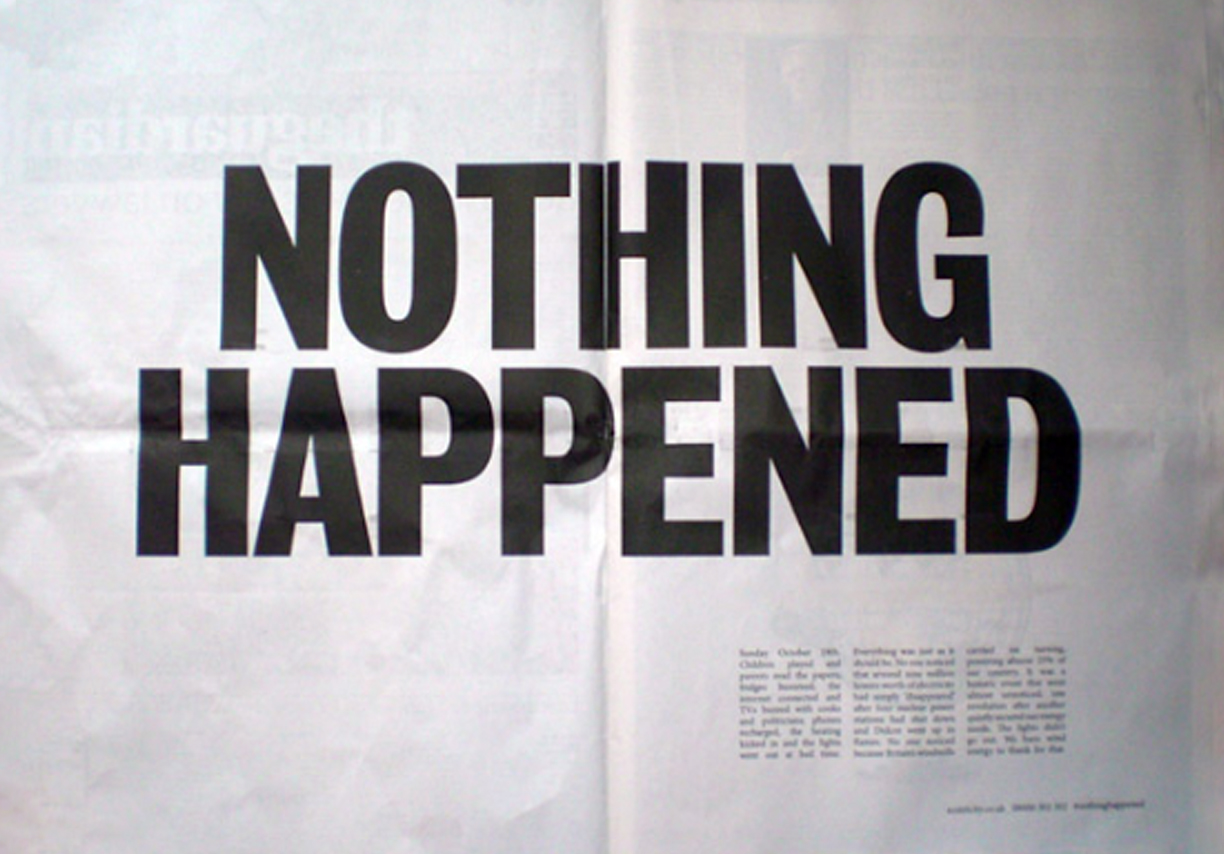
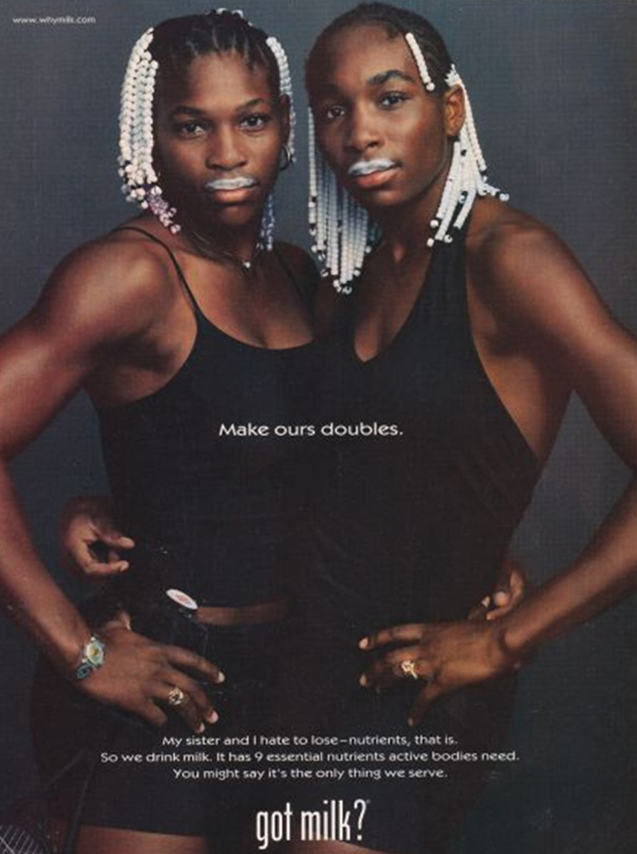


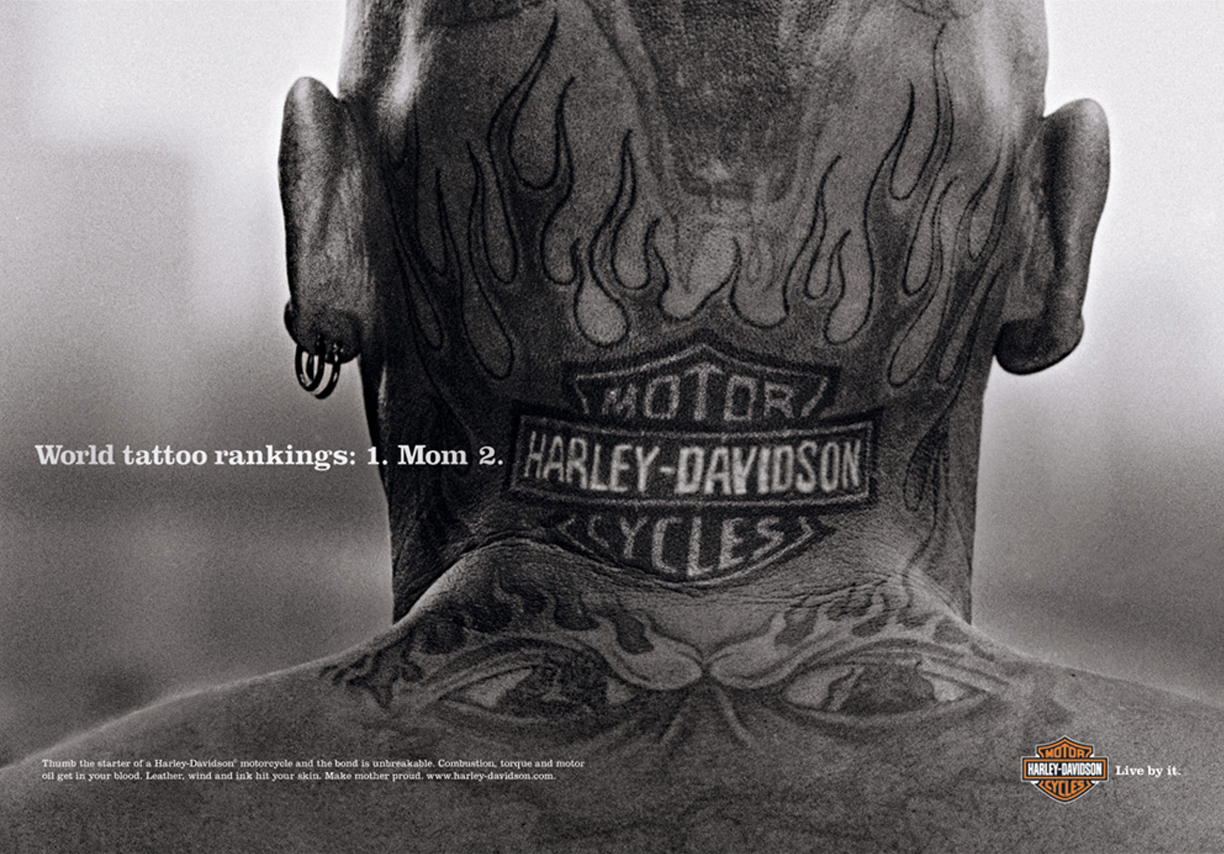



Recent Comments